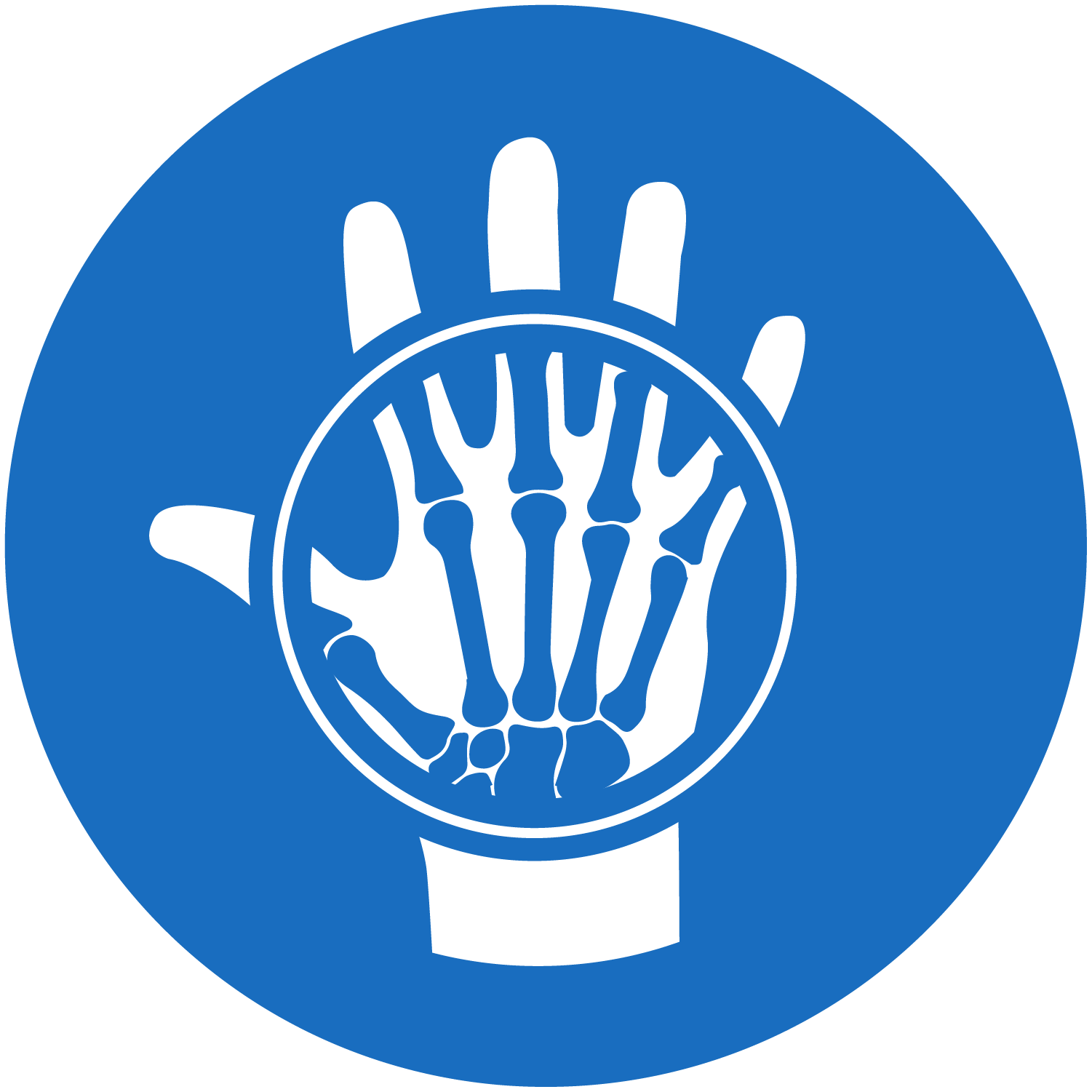Lesson 2 of JointHealthTM Education – RA focusses on giving you the essential facts about the disease and diagnosis to help you become your RA “expert”. The more fact-based information you know early in your journey with the disease, the better. Whether at the time of your diagnosis, during treatment conversations, or looking after yourself day-to-day, it is the facts about RA that will support you in understanding the choices before you and making good decisions for yourself now, and throughout your journey.
At the end of Lesson 2, you will know the basic facts about RA, including who commonly gets it and what it does to the body, how to get properly diagnosed, the essentials on RA treatment approaches, and information on the latest advances in research.
Please read each section of this lesson carefully, and then when you are ready, take the Lesson 2 Quiz to test your new knowledge. The quiz is an interactive and printable PDF.

The facts about rheumatoid arthritis
- There are over 100 different types of arthritis affecting more than 4.6 million Canadians. While some types of arthritis are very rare, others are quite common. Some types have fairly mild symptoms, many can be painful, disabling, and even deadly. RA is one of the more severe types of the disease, but today, patients do very well if their disease is detected early and treated quickly and effectively.
- Rheumatoid arthritis is an autoimmune disease with hallmark symptoms of inflammation and resulting pain. It is a disease process (like cancer or diabetes) where the body's immune system mistakenly attacks its own healthy joints. It is a relatively common disease - 1 in 100 people get it – and is often devastating to a person's body if not treated early and properly.
- It tends to strike people in the prime of their lives, most commonly, people are diagnosed between the ages of 20 and 50, though rheumatoid arthritis can strike at any time—people of every age from toddlers to senior citizens have been diagnosed with the disease.
- Rheumatoid arthritis affects women 2 out of 3 times more often than men. Research has yet to uncover the reasons why. Women who develop RA and who wish to become pregnant, can, and very often the disease goes into remission during pregnancy.
- The disease process on RA causes swelling and pain in and around joints and can affect the body's organs, including the eyes, lungs, and heart. Most commonly it affects the small joints in the hands and feet. Other joints often affected include the elbows, shoulders, neck, jaw, ankles, knees, and hips. When moderate to severe and untreated or under treated, the disease reduces a person's life span by as much as a dozen years.

Getting diagnosed with rheumatoid arthritis
- Rheumatoid arthritis has "hallmark" symptoms when the disease first presents itself. These include:
- Morning stiffness, lasting longer than 30 minutes
- Pain and/or inflammation in the same joints on both sides of your body
- Pain in three or more joints at the same time
- Loss of motion in affected joints
- Severe fatigue or feeling “flu like”
- If you experience two or more of these symptoms you should speak with your family doctor. Be sure to tell your doctor about any history of RA in your family. While there is no known cause of rheumatoid arthritis, research indicates that heredity likely plays a role in that a susceptibility to the disease may be inherited.
- If your family physician believes you may have rheumatoid arthritis, you will usually be referred to a rheumatologist—a specialist in the treatment of arthritis. Rheumatologists have many years of extra training on top of their regular medical schooling, and are experts at diagnosing and treating all forms of arthritis, including rheumatoid arthritis.
- To confirm a diagnosis of rheumatoid arthritis, your family doctor and/or your rheumatologist, may run a number of tests. Tests ordered may include:
- blood tests, including those to look for abnormal blood antibodies and to get baseline liver and blood counts
- x-ray imaging, to check for joint damage or deterioration
- bone scans are infrequently used but sometimes can help to check for joint inflammation
- joint fluid tests, or arthrocentesis, in which a small amount of joint fluid is extracted using a needle and then analyzed in the laboratory
- There is no lab test(s) that alone diagnoses RA. While lab tests are helpful, they are not definitive on their own. Tests support the findings your rheumatologist makes with a thorough family and personal health history and physical exam.

Treatment basics for rheumatoid arthritis
- There has been a revolution in medication and non-medication treatments over the past 20 years. Thirteen new medication therapies were discovered and are now helping millions around the world with RA lead a high quality of life.
- Once a rheumatologist has diagnosed rheumatoid arthritis, there are effective treatments available to help a person manage the symptoms and minimize joint damage. While there is no known cure for rheumatoid arthritis, good treatments now exist and rheumatologists are the best people to discuss these with and formulate a treatment plan to address all aspects of the disease and its effects on your life.
- Treating rheumatoid arthritis early and aggressively is vitally important and can help to prevent crippling joint damage. Today, specialists recommend a treatment plan that includes education, medication (often a combination of several different types of medication will be used in a person's treatment plan), social support, appropriate amounts of range-of-motion, cardiovascular and muscle strengthening exercises, rest, vitamins and mineral supplements and a well-balanced diet.
- People with active, moderate to severe rheumatoid arthritis are at high risk for irreparable joint damage caused by the disease's symptoms. It is very important for them to closely follow their treatment regimen. It is this regimen that helps to prevent or reduce joint damage and disability and delivers the highest quality of life possible.
- Exercise is also a very important component of a successful treatment plan in rheumatoid arthritis. Appropriate stretching and strengthening of muscles and tendons surrounding affected joints can help to keep them stronger and healthier and is effective at reducing pain and maintaining mobility. In addition, moderate forms of aerobic exercise can help to maintain a healthy body weight and lessens unnecessary strain on joints. Swimming, walking, and cycling are often recommended but they must be done at a level which safely "challenges" a person's aerobic capacity. A physiotherapist trained in rheumatoid arthritis is the ideal person to recommend a safe and effective exercise program for people living with the disease.
- Heat and cold can be used to decrease pain and stiffness. Hot showers can often relax aching muscles and reduce pain; applying cold compresses (like ice packs) to swollen joints can help to reduce heat, pain and inflammation and allow a person to exercise more freely, or to recover from exercise more quickly.
- Finally, maintaining a healthy lifestyle is also a critical part of a rheumatoid arthritis treatment plan. A nutritionally sound diet that includes appropriate levels of calcium, vitamin D and folic acid is important. Managing stress levels, getting appropriate amounts of rest, and good old-fashioned relaxation lead to a higher quality of life.

The latest research on RA
- Research into RA causes, treatments and cures has advanced significantly over the past 30 years. It is clear that multiple “targets” are involved in the “inflammatory cascade” which drives the disease’s progression and worsened outcomes.
- The development of new medications that target specific cytokines involved in fueling the RA disease process has saved and changed peoples’ lives. Nearly a dozen new highly effective medications have been discovered to treat RA and some have been in use over the last 15 years.
- RA can kill and damages the body by its complications, such as heart attacks and strokes which may be preventable through earlier and aggressive treatment of the disease. In other words, if RA disease is treated properly and patients respond to the treatment, the possibility of complications brought on by the disease can be prevented.
- A better understanding of the cost of RA on the individual in terms of lost quality of life and to society, specifically, the workplace, have been quantified. Approximately 0.74% of the employed labour force, or 1 in 136 workers is dealing with RA. This knowledge is helping to advance new programs aimed at helping workers with RA remain satisfactorily employed.
- Knowledge that exercise – low, medium or high intensity exercise – should be a key piece of an overall RA treatment plan. Its benefits are many, physically, psychologically and emotionally. Even during disease flares, non-weight bearing exercise can help keep patients with RA mobile, a key reason why overall they do well and maintain quality of life.
Watch the coaching video

Arthritis Consumer Experts
© 2000-2022 ACE Planning and Consulting Inc.

ACE thanks Arthritis Research Canada (ARC) for its scientific review of ACE and JointHealthTM information and programs.

Arthritis Consumer Experts
© 2000-2022 ACE Planning and Consulting Inc.

ACE thanks Arthritis Research Canada (ARC) for its scientific review of ACE and JointHealthTM information and programs.



